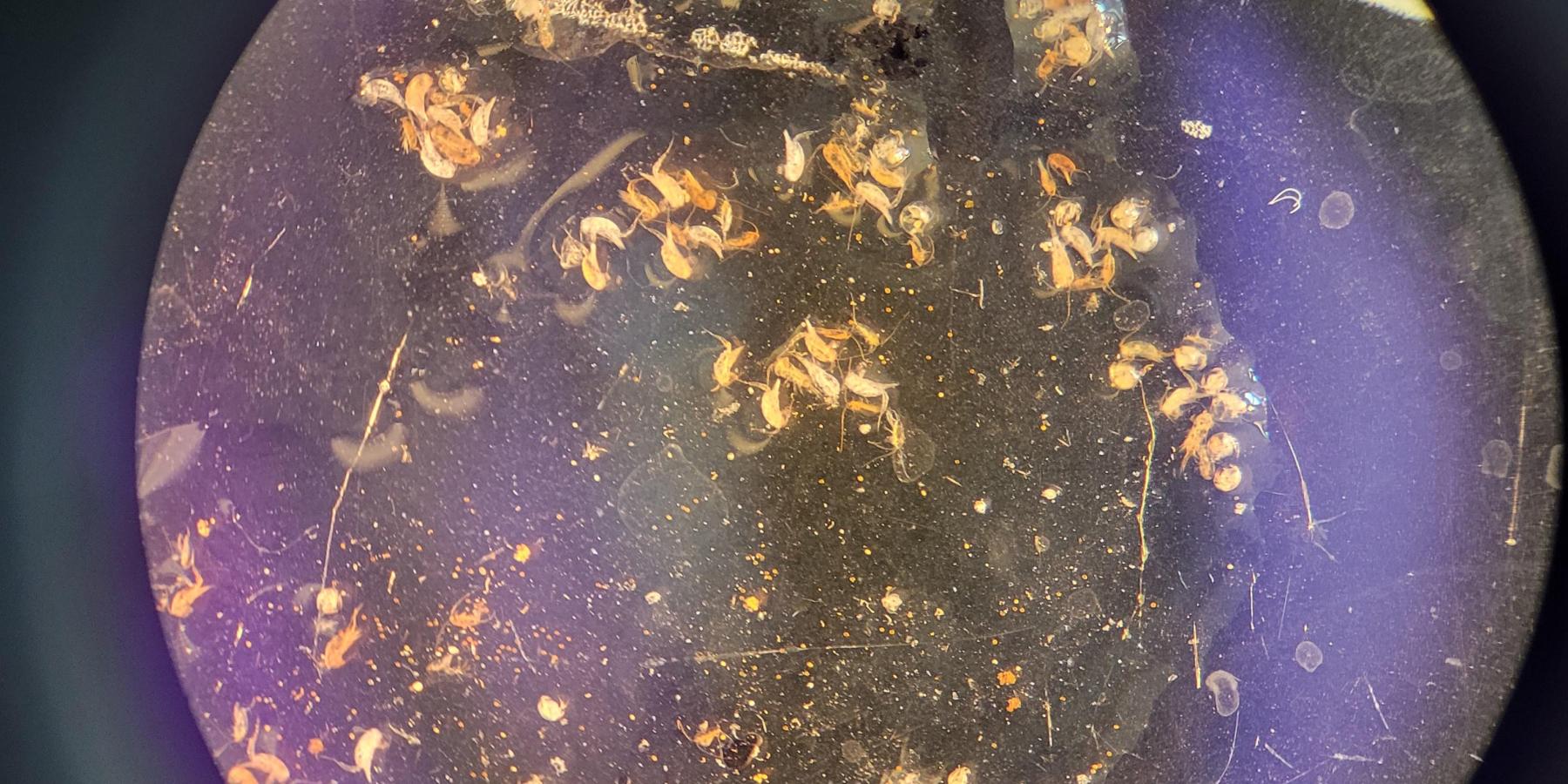
Support
Although they are challenging to see with the naked eye, zooplankton do serve a vital role in an ecosystem. More specifically, we focused on copepods and the nature of their appearance. The pigment that contributes to their coloration is astaxanthin, the purpose of which is possibly for UV protection. We wanted to see how the levels of this pigment related to the location, as well as the time of the year of sampling. It was also important to be able to create a reproducible method for the extraction of astaxanthin, in order to prevent the wasting of material. Although the samples were mainly from a limited time frame, we were able to create a reproducible method and visualize the beginning of a relationship between the level of pigment in the organism and from which lake they were taken from. As more samples are collected, we will be able to better understand where the pigment may come from, along with observing a more conspicuous correlation relating to where the samples were taken.

